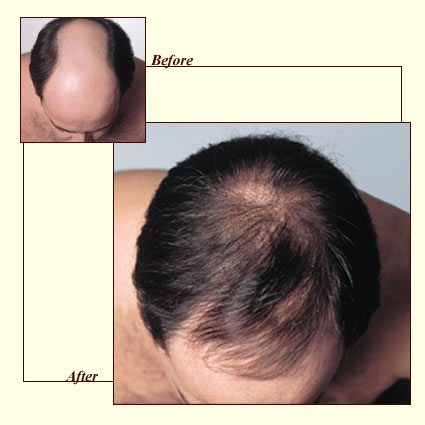I am a pretty big-time fan of the Common Core ELA and Math standards, primarily for the ways in which the standards are designed to broaden what has often been a very flat world of literacy and numeracy.
And of course, the Common Core Standards has received a great deal of attention. It’s here to stay for quite a while.
That being said…
The other day, as we were working on a grant proposal for the New York State Council on the Arts, we had an interesting discussion concerning the recently revised NYSCA guidelines:
It’s the very first time that we’ve encountered the ELA and Math Common Core Standards, or any non-arts standards allowed as replacement standards for state arts learning standards that are still in effect.
Now, some of you, in states like Arizona, Kansas, South Carolina, Texas, and Washington, might say: who cares, at least you still have a state arts council. Fair enough. (I know, they’re just threatening elimination in most of these states.)
But still, you have to admit it’s quite the new development in the world of learning standards, don’t you think: ELA and Math standards allowed as a replacement for arts standards.
Is it a harbinger of things to come or a notable exception??





What a shame. Arts Education should be supported in its own right and not have to be seen as a slave to the master of the common core. How about focusing on how to deploy meaningful assessment systems to deal with student achievement and teacher improvement. This is the next frontier for arts education… not how the arts should improve the “common core.” Where are all the enlightened people?
To be fair, we need a little more context. If you’re referring to the NYSCA K-12 In-School
grants program, the guidelines read as follows:
“Projects may be formulated in order to enhance learning in the arts or non-arts disciplines, but the arts must be central to the learning experience. The project may be directed toward development of affective, cognitive or aesthetic objectives. Please refer to the Common Core (www.corestandards.org) and New York State Arts Standards (www.p12.nysed.gov/ciai/arts/artsls) for guidance.”
So the OPTION to include the Common Core standards most likely addresses those projects formulated as arts integration, in which case it is good practice to address the learning standards of the other subject you are incorporating into your program.
Grant guideline semantics aside, I’d like to offer up an alternative interpretation of the larger question at hand. This is an opportunity, and a very important one at that. As 47 states have officially signed on to adopt the Common Core, the next few years will see an incredible amount of human and material resources dedicated to figuring out just what the heck to do with the things.
Other subject areas are specifically addressed in the Common Core documents, as well they should be. To not just memorize scientific terms but APPLY scientific concepts, we need basic arithmetic and algebra skills. To not just memorize dates and names but critically analyze historical accounts, we need students who have the literacy skills to do so. This is premised off the notion that (I hope) most agree on: that the real world doesn’t exist in subject silos. As a result, literacy and numeracy might be indicators of – not alternatives to – a well-rounded education.
So how will the arts respond? For one, it can embolden our efforts in creating new rigorous arts standards that address 21st century skills and knowledge. For another, it can challenge us to critically examine the Common Core to see where those learning objectives blend and integrate and support arts learning objectives. And vice versa. This is vital to any effort to move into the next frontier of education, for meaningful assessment, for multiple measures of achievement, for teachers that are master facilitators of student learning.
This is an opportunity with great responsibility. This is an important conversation to be having now. Otherwise, we may find ourselves writing blog posts two years down the road bemoaning the arts’ exclusion from the Common Core.
Do you think that that “and/or” languaging is a result of the rise of “arts integration” programming which has always referenced non-arts core standards as a means toward gaining a presence for arts education in the schools (i.e., if your reading scores go up and you have an arts/lit residency at your school then voila, the arts are justified)? In other words, has that survivalist strategy been successful but has resulted in the current dilemma where the arts “on their own terms,” in Sam Hope’s felicitous phrasing, have been short-shrifted? The new NEA Arts Education guidelines are out and, on the Federal level, reflect a far greater awareness of the integrity and responsibility of arts standards, “on their own terms.”
Sorry, Sarah Collins, but I really think you’re off the mark. If it’s an arts integration piece, then both the arts standards and the non-arts standards should be used at the same time. The notion of only referencing the ELA and Math standards, no matter how much you think the Common Core will impact the work, diminishes the arts right from the outset, meaning the goal setting and standard context, thus sending the message that the ELA and math is what counts, not the arts.
SImple solution: drop the “or” option, and have it reference both the arts standards and ELA and/or math standards. Otherwise, you’re looking at replacing arts standards, which is a BAD idea in all respects.
And coming from a state arts agency, it’s pretty amazing how they could have missed the importance of making sure the arts are not a slave to another subject. If it’s going to be integration, it should be supporting all of the subjects being integrated, not a one way street.